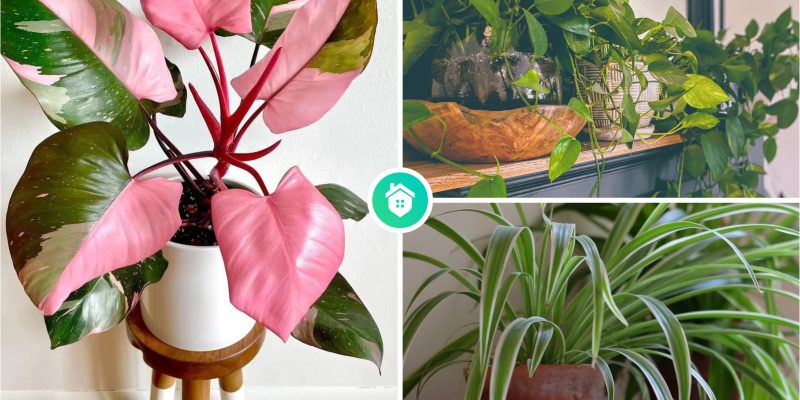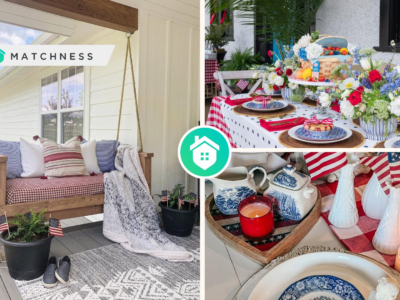Admit it, keeping indoor plants alive can be tough, especially for those of us who may have accidentally killed a popular houseplant or two. That’s why many of us plant enthusiasts prefer low-light indoor plants—they seem more forgiving. However, low light doesn’t automatically mean low maintenance, as there are various factors influencing plant survival. Sunlight plays a significant role, but fear not, we’re here to help you navigate the world of indoor greenery.
Some plants do well in low-light conditions, even when it’s dark for extended periods like during winter. Good choices for low-light areas are Snake plants and ZZ plants; they’re known for being adaptable. If you want bigger plants that stand out in spaces with less sunlight, consider parlor palms and Madagascar dragon trees. If you’re new to taking care of plants or want low-maintenance options, go for plants that thrive in low light and are easy to care for. Start your indoor plant journey with hassle-free options like a spider plant or pothos, and then slowly add more plants.
If you’re still unsure about the best low-light indoor plant for your home, don’t worry. We’ve listed 10 great options below, each with information about their care needs, advantages, and disadvantages to help you choose wisely. Happy planting!
Snake Plant (Sansevieria trifasciata)
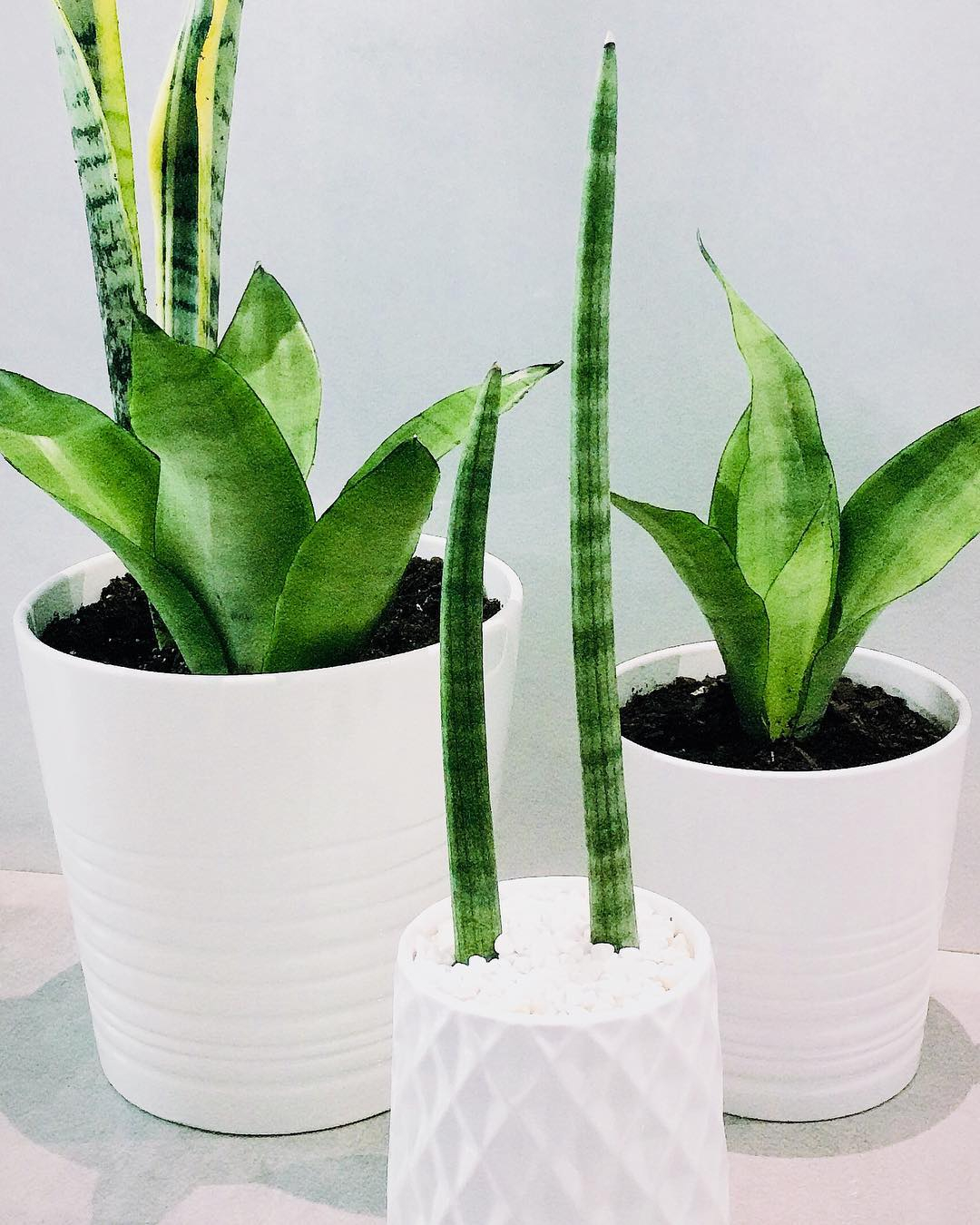
Bring vibrant greenery to your dimly lit spaces effortlessly with the elegant and resilient snake plant – the perfect low-light indoor companion for a touch of nature and easy maintenance. Snakeplants from @ monicam.cooper
Taking care of indoor plants can be both enjoyable and a bit tricky, but the Snake Plant, also known as Mother-in-law’s Tongue, is a tough and reliable choice for plant lovers. Its sleek, upright leaves make it a standout in low-light conditions, fitting well into various indoor spaces with minimal natural light. Besides its elegant appearance, the Snake Plant is known for its air-purifying abilities, helping clean the indoor air by removing toxins. It’s a favorite among both new and experienced plant parents because it’s easy to care for, needing infrequent watering.
Despite its virtues, like any plant, there are downsides to be aware of—too much water can lead to root rot. Finding the right balance is crucial. Nevertheless, with its air-cleaning powers, attractive look, and easy maintenance, the Snake Plant remains a top choice for indoor greenery, bringing a touch of nature to any room.
ZZ Plant (Zamioculcas zamiifolia)
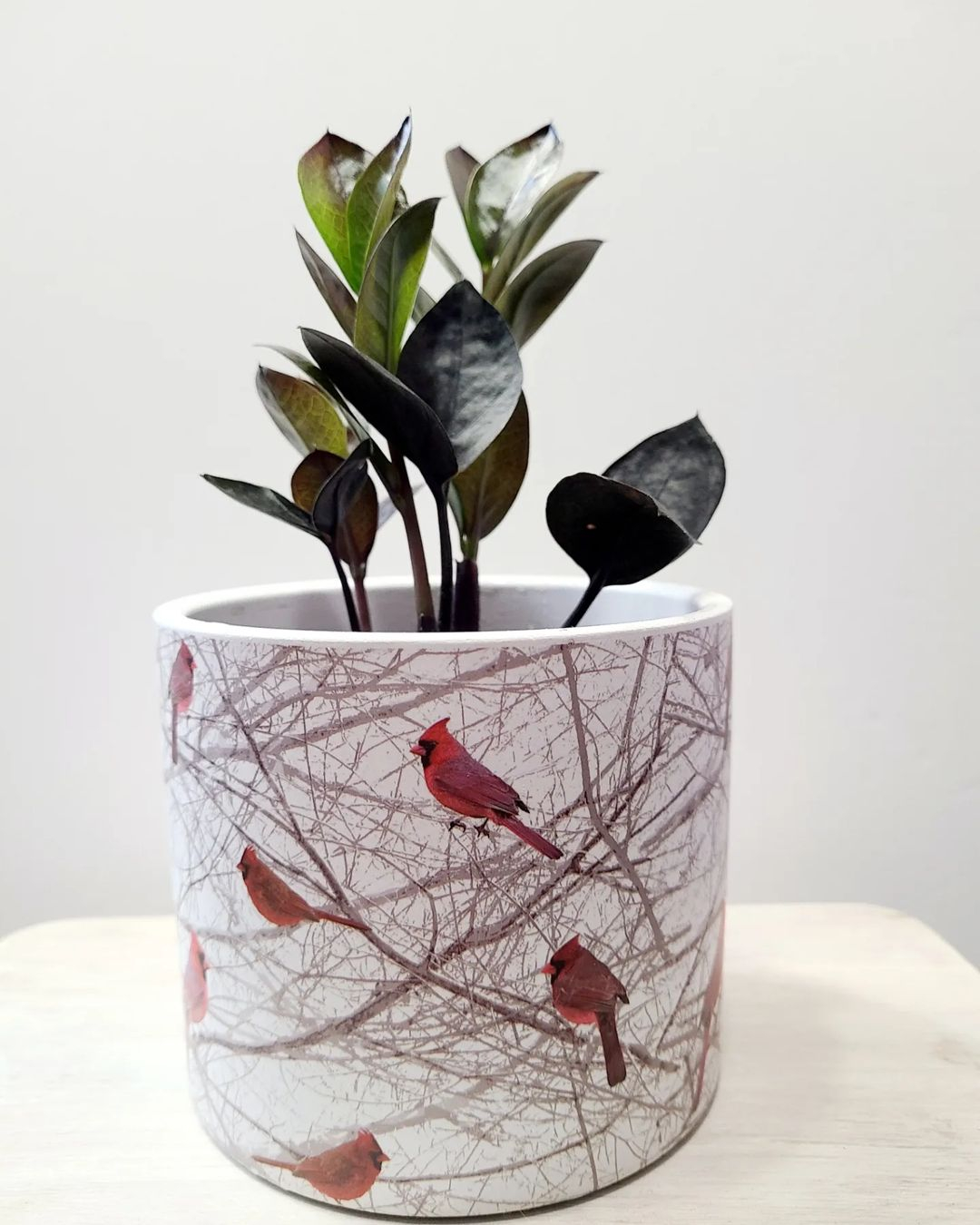
ZZ plants thrive in various light conditions, including low light, and can tolerate irregular watering, making them a versatile and stylish addition to any indoor space. Zz plants from @ a_turtlesgarden
The ZZ Plant, scientifically known as Zamioculcas zamiifolia, is a resilient and visually striking indoor plant. Its glossy, dark green leaves grow in an appealing feather-like arrangement, making it a popular choice for various indoor settings. What sets the ZZ Plant apart is its remarkable ability to thrive in low-light conditions, making it an excellent option for spaces with minimal natural sunlight. This plant is a low-maintenance champion, capable of enduring periods of neglect and sporadic watering.
The ZZ Plant’s adaptability makes it a favorite among both novice and experienced plant enthusiasts. Its ability to tolerate low-light environments, coupled with its drought-resistant nature, means it can withstand less-than-ideal conditions. This makes it an ideal choice for those who may not have the time for intensive plant care. The ZZ Plant’s resilience extends to its glossy leaves, which contribute to its aesthetic appeal, adding a touch of elegance to any room.
Caring for the ZZ Plant involves providing well-draining soil and allowing it to dry out between watering sessions to prevent overwatering and root rot. With its air-purifying qualities and unique appearance, the ZZ Plant stands out as a go-to choice for indoor greenery, bringing a touch of nature to spaces with varying light conditions.
Pothos (Epipremnum aureum)

With its air-purifying qualities and easy-care nature, pothos adds a touch of natural elegance to homes and offices, making it a popular and versatile choice for indoor greenery. Pothos from @ katiejanewholeness
Caring for the Pothos plant, scientifically known as Epipremnum aureum, feels like having a green companion that effortlessly flourishes in various indoor settings. Its heart-shaped leaves, ranging from lush green to variegated patterns, bring a touch of natural elegance to any space. Pothos is a low-maintenance superstar, making it an excellent choice for both beginners and seasoned plant enthusiasts. What’s truly captivating is its adaptability to different light conditions; whether your room is flooded with sunlight or on the dim side, Pothos remains resilient and vibrant. This plant doesn’t demand constant attention, tolerating irregular watering, which is forgiving for those who might forget a watering session here and there.
The pros of Pothos extend beyond aesthetics and convenience. Not only does it contribute to a visually appealing indoor environment, but it also acts as a natural air purifier, filtering out common household pollutants. However, as with any green companion, there are considerations. Pothos should be handled with care as it is toxic if ingested, so it’s essential to keep it away from curious pets or small children. Additionally, while Pothos can tolerate lower light conditions, it might not showcase its vibrant best without adequate indirect sunlight. Striking a balance in care—finding the sweet spot between light and water—ensures this charming plant remains a thriving and delightful addition to your indoor green haven.
Peace Lily (Spathiphyllum spp.)

With a preference for moderate to low light and a relatively simple care routine, the Peace Lily is an excellent choice for those seeking an elegant and low-maintenance plant to enhance the ambiance of their home or office. Peace lily from @ indoorplantshome
The Peace Lily, scientifically known as Spathiphyllum spp., is a graceful and beloved indoor plant celebrated for its elegant white blooms and lush green leaves. Its versatility shines as it thrives in various indoor settings, notably tolerating low-light conditions in spaces with limited natural sunlight.
Beyond their aesthetic appeal, Peace Lilies contribute to improved indoor air quality by filtering out common pollutants, enhancing their allure for plant enthusiasts. Their air-purifying qualities, coupled with a low-maintenance demeanor, make them a popular choice. Peace Lilies are forgiving when it comes to watering, showing visible drooping as a signal for a timely drink.
Despite their many positives, it’s crucial to be mindful of a few considerations. Peace Lilies are toxic if ingested, necessitating caution around pets and young children. Additionally, while they can tolerate low light, they appreciate some indirect sunlight for optimal blooming. In essence, the Peace Lily blends beauty, air-purifying prowess, and low-maintenance charm, making it a cherished choice for indoor greenery.
Cast Iron Plant (Aspidistra elatior)
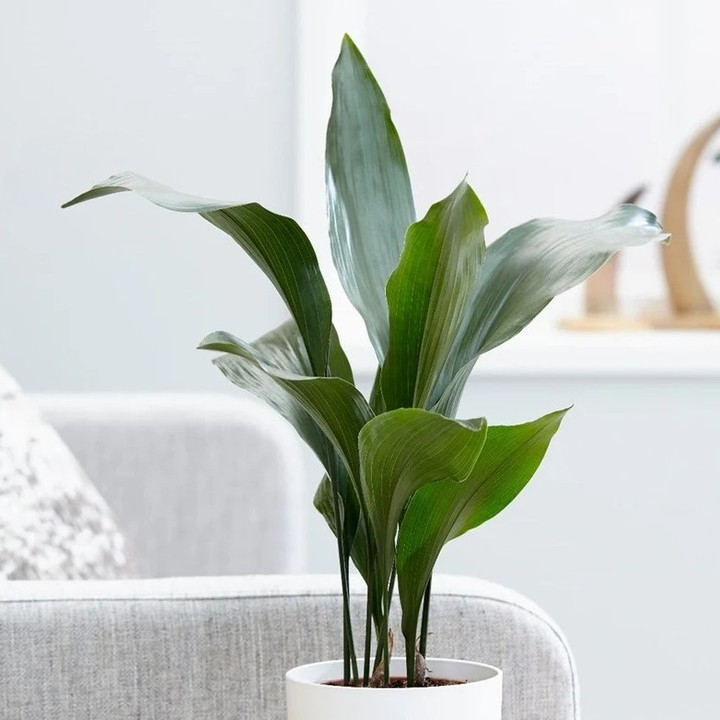
With dark green, leathery leaves, this hardy plant can thrive in low-light conditions and withstand neglect, earning it the nickname “cast iron” for its ability to endure challenging environments. Ideal for those seeking a low-maintenance and visually appealing indoor green companion, the Cast Iron Plant adds a touch of elegance to spaces with its lush foliage and dependable nature. Cast iron plants from @ lovethegarden_au
The Cast Iron Plant, scientifically known as Aspidistra elatior, stands out as a robust and enduring indoor plant renowned for its toughness and adaptability. With its dark green, strappy leaves, it introduces a touch of simplicity and elegance to indoor settings. Notably, it excels in low-light conditions, making it an excellent choice for spaces with minimal natural sunlight. True to its name, the Cast Iron Plant is tough, requiring minimal care and capable of withstanding periods of neglect.
Ideal for those who prefer low-maintenance greenery, this plant doesn’t demand frequent watering and can endure changes in temperature and humidity. Its resilience extends to adapting to various indoor environments, making it a favored choice for both homes and offices.
Although not a rapid grower, the Cast Iron Plant’s steady and consistent nature adds a reliable green presence to any room. Its versatility, low-maintenance requirements, and adaptability to low light contribute to its popularity among plant enthusiasts seeking a sturdy and enduring indoor companion.
Aglaonema (Chinese Evergreen)
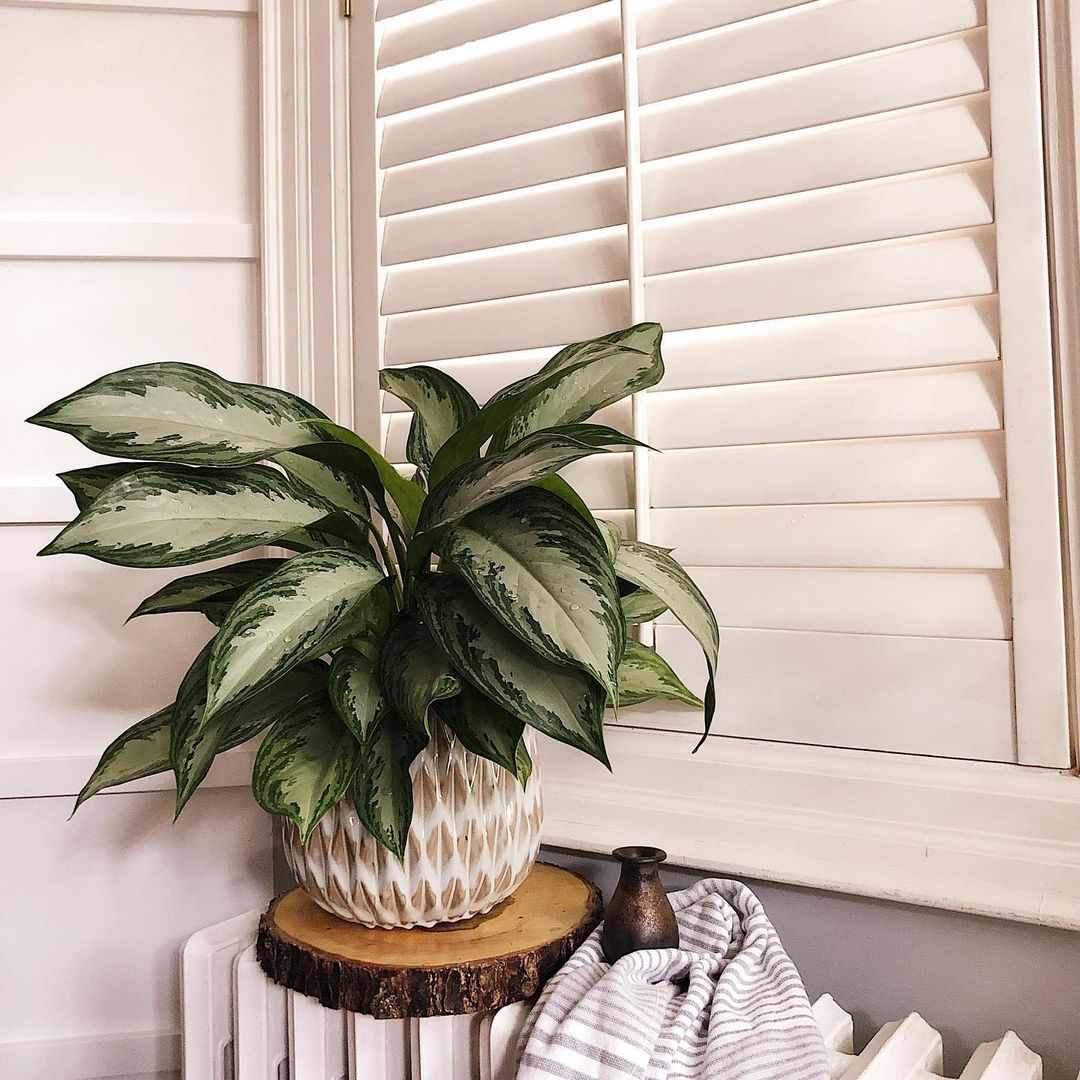
Adaptable to low light conditions and characterized by their low-maintenance nature, these plants are an excellent choice for those seeking a resilient and attractive addition to their home or office. Chinese evergreen from @ _kate.ellen_
The Aglaonema, commonly called the Chinese Evergreen, is a popular and eye-catching indoor plant known for its vibrant foliage and air-purifying traits. Adorning indoor spaces with lush, colorful leaves, it stands out for thriving in low-light conditions, making it ideal for areas with limited natural sunlight.
Chinese Evergreens showcase a variety of colorful options, including shades of green, silver, red, and pink, enhancing their decorative charm. Beyond their visual appeal, these plants are favored for their easy-care nature, suitable for both beginners and experienced plant lovers. They are forgiving with watering, handling fluctuations in temperature and humidity.
Apart from being aesthetically pleasing, Chinese Evergreens are acknowledged for their ability to purify indoor air by filtering out common pollutants. While they generally flourish in low light, providing a bit of indirect sunlight can boost their growth and vibrancy. In essence, the Chinese Evergreen combines visual allure with low-maintenance ease and air-purifying benefits, making it a delightful choice for indoor greenery.
Spider Plant (Chlorophytum comosum)
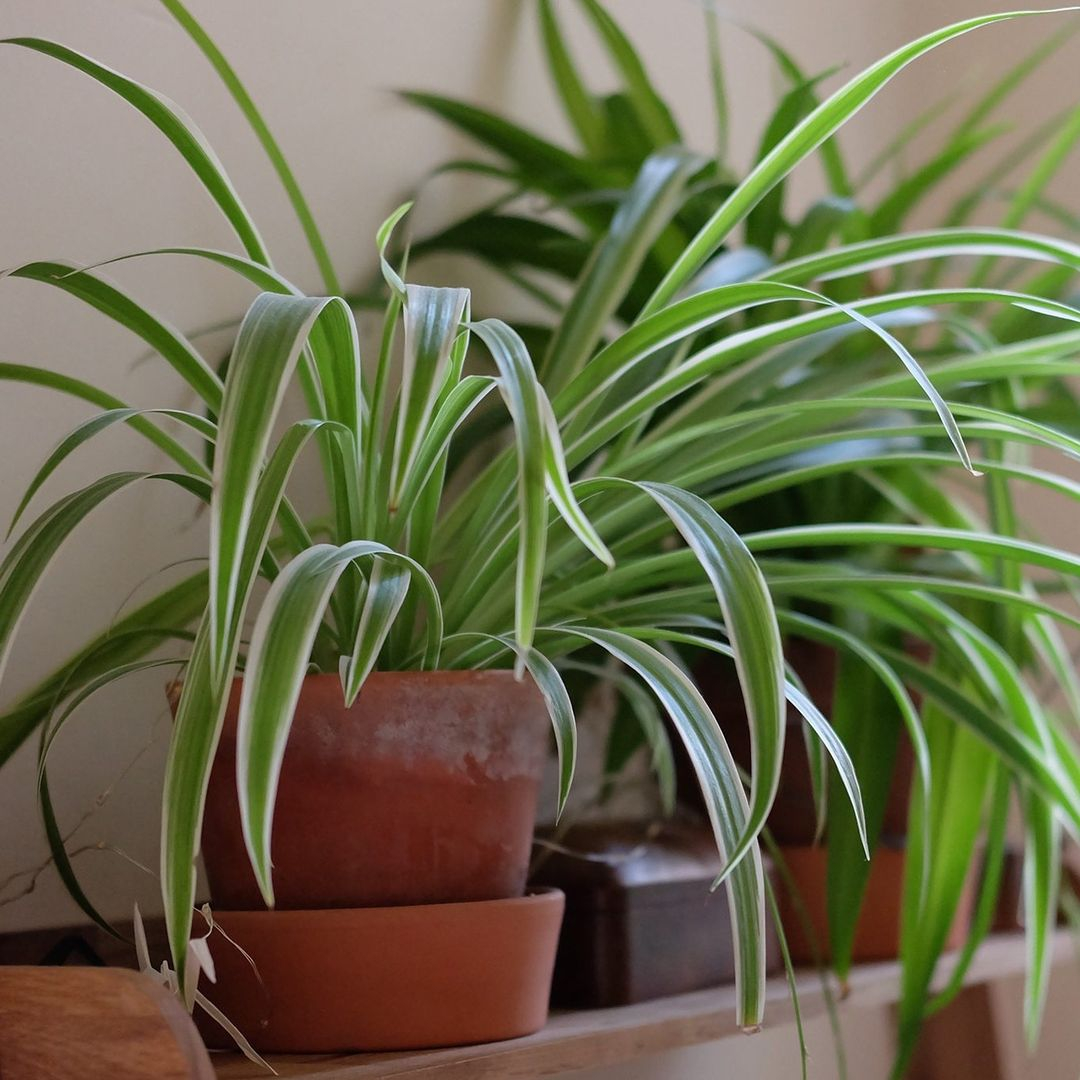
Spider plants add a touch of greenery and visual interest to any space, and their ability to produce “pups” makes them a delightful choice for plant propagation enthusiasts. Spider plants from @ gardenersworldmag
The Spider Plant, scientifically called Chlorophytum comosum, is a beloved indoor plant known for its playful, arching leaves resembling spider legs. Celebrated for its adaptability and easy care, it’s a fantastic choice for plant enthusiasts of all levels. With its trailing green foliage, the Spider Plant brings a whimsical touch to indoor spaces.
What makes the Spider Plant stand out is its ability to thrive in different light conditions, including low light, making it versatile for various rooms, even those with minimal sunlight. It’s a low-maintenance plant, needing moderate watering and bouncing back easily from occasional neglect.
Spider Plants are famous for producing “pups” or baby plants at the end of their stems, making it simple to propagate and expand your plant collection. Beyond being decorative, they enhance indoor air quality by removing pollutants, making them both functional and attractive in homes and offices.
Though hardy, Spider Plants might show signs of stress if overwatered or exposed to extreme temperatures. Nevertheless, their forgiving nature and the joy of watching their cascading offspring make them a popular choice for those seeking an engaging and resilient indoor plant.
Philodendron
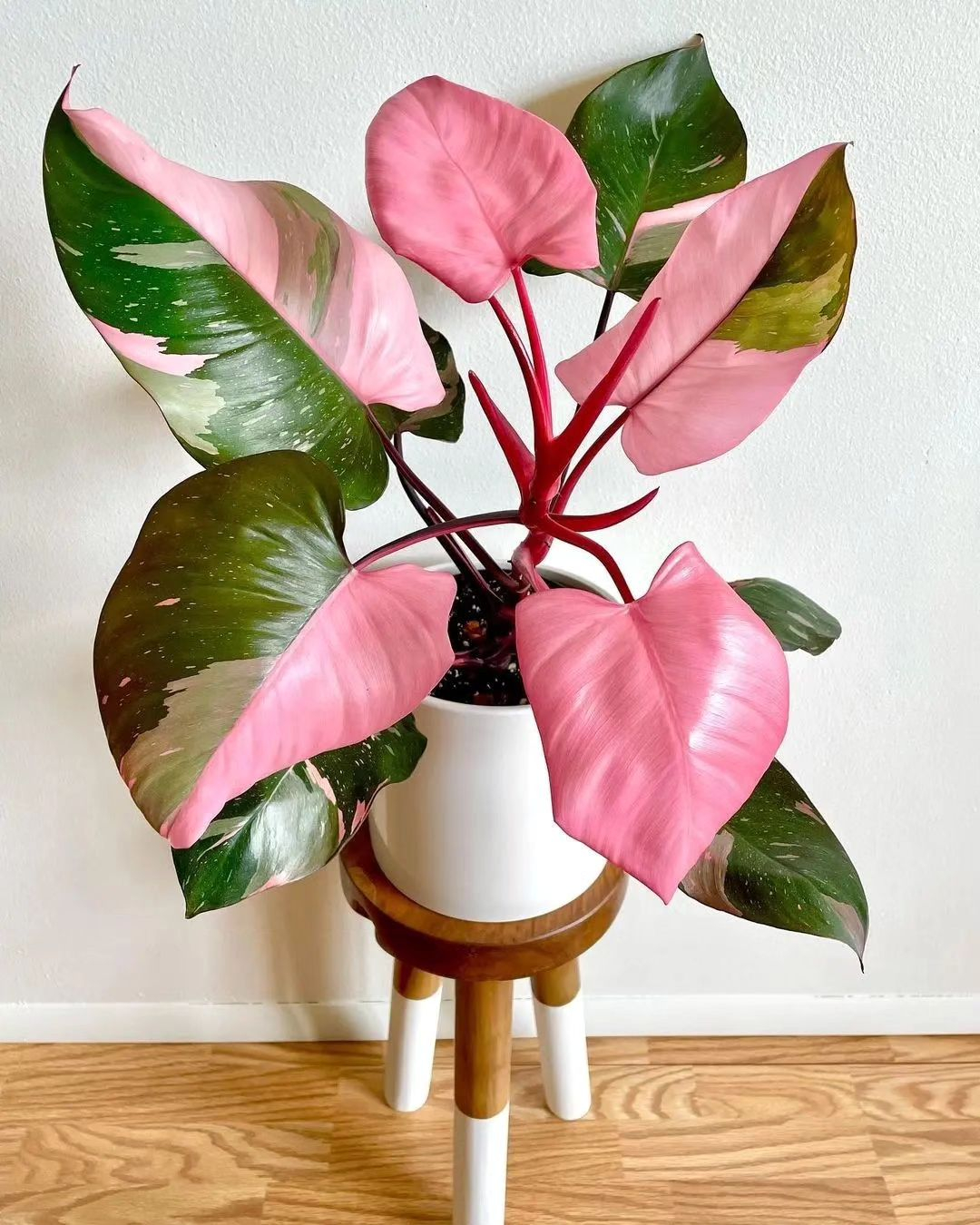
Philodendrons are appreciated for their air-purifying qualities and are a favorite among plant enthusiasts due to their low-maintenance nature and ability to thrive in different settings, making them a versatile choice for home or office decor. Philodendron from @ amazing_plants
The Philodendron, a chic and versatile family of indoor plants, boasts heart-shaped leaves and a carefree attitude. With various species and hybrids, Philodendrons are a diverse and adored choice for indoor greenery, adding a touch of tropical flair with their lush, trailing vines.
Prized for their adaptability to different light conditions, including low light, Philodendrons are perfect for a variety of indoor spaces—from sunlit rooms to spots with minimal natural sunlight. Their easygoing nature and low-maintenance appeal cater to both plant beginners and seasoned enthusiasts.
Caring for Philodendrons involves well-draining soil, allowing periodic soil dryness, and ensuring they catch some indirect sunlight. These plants thrive in diverse indoor settings, be it hanging baskets or tabletop containers.
The Heartleaf Philodendron stands out as a crowd favorite, flaunting its heart-shaped leaves and trailing vines. Other sought-after varieties include the iconic Monstera deliciosa with its distinctive split leaves and the Philodendron Birkin, boasting striking white-striped foliage.
Dracaena (Dracaena spp.)
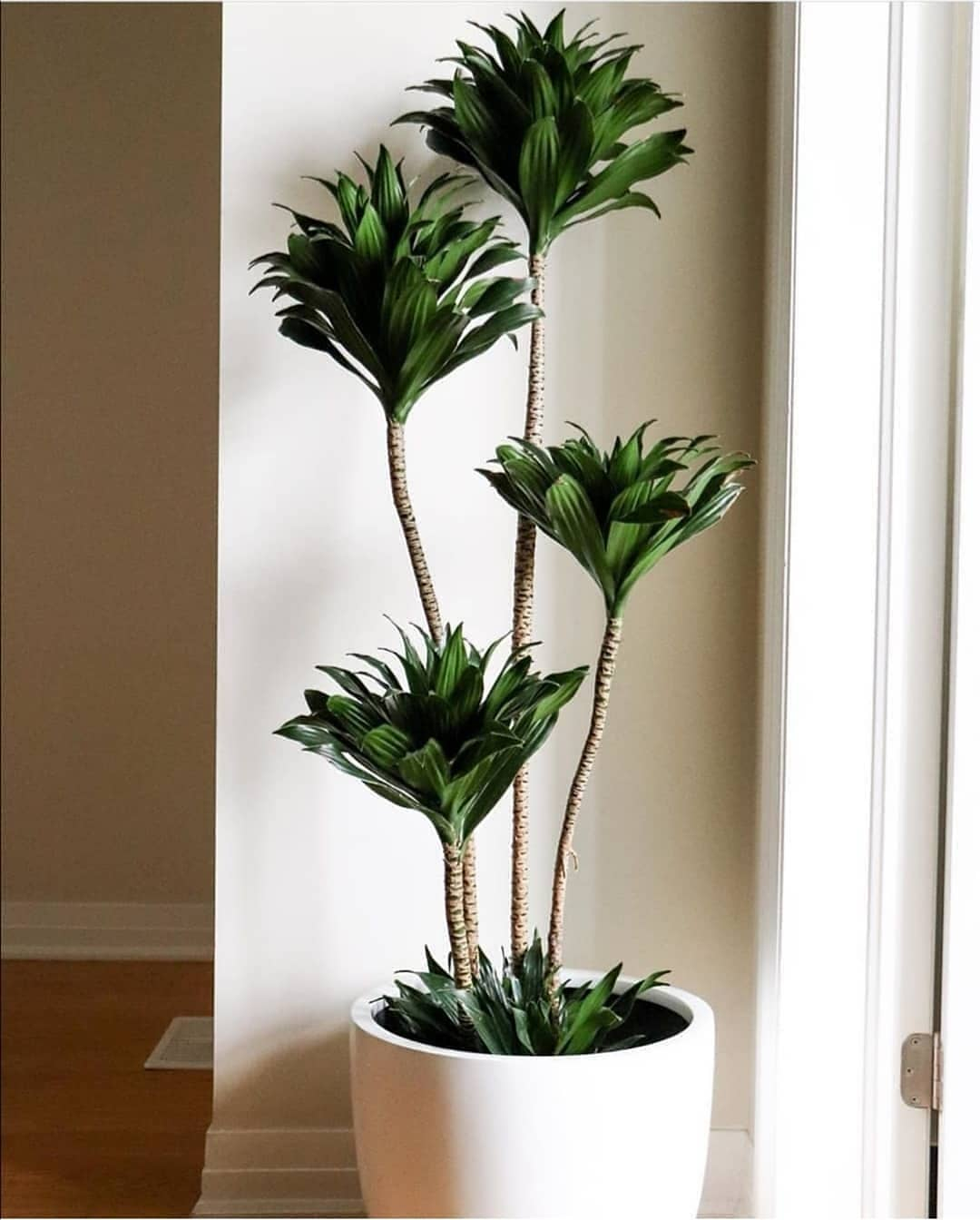
Dracaenas are well-suited for indoor environments, thriving in moderate to bright indirect light. Dracaena from @ the.plant.university
Dracaenas, part of a diverse indoor plant genus, are known for their captivating foliage and air-purifying abilities. With a plethora of species and variations, these plants offer a spectrum of leaf shapes, sizes, and colors, making them a sought-after choice for adding visual intrigue to indoor spaces.
Notably adaptable to different light conditions, Dracaenas prefer bright, indirect light but can thrive in lower light levels, making them versatile for various indoor environments. Varieties like the slender-leaved Dracaena marginata or the broad-leaved Dracaena fragrans showcase the plant’s visual diversity.
Prized for their low-maintenance requirements, Dracaenas only need well-draining soil and moderate watering. They’re forgiving, tolerating occasional lapses in care, and excel at filtering indoor air pollutants, enhancing the overall air quality. Despite their advantages, caution is warranted with pets, as Dracaenas can be toxic if consumed. Proper care and placement are crucial to mitigate potential risks.
Ferns (Various species)
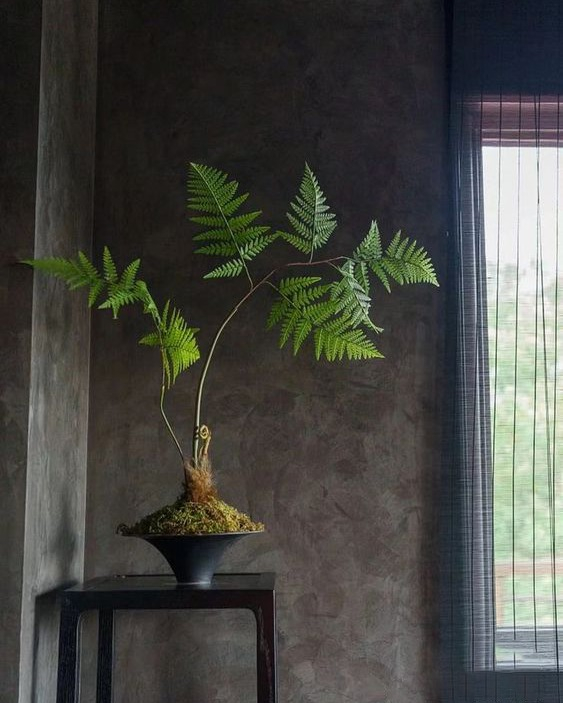
Ferns typically prefer indirect light and consistently moist soil. Their varying textures and shapes make them a popular choice for those looking to create a more natural and inviting atmosphere in their homes or offices. Ferns from @ jungle_collective
Ferns, a diverse and enchanting group of indoor plants, boast lush, feathery foliage that brings an elegant, woodland-like charm to any indoor space. Unlike flowering plants, ferns reproduce through spores, giving them a distinctive botanical character. Their adaptability to low-light conditions makes them perfect for areas with limited sunlight, thriving even in filtered or dappled light. With popular varieties like the Boston Fern, Maidenhair Fern, and Bird’s Nest Fern, each showcasing unique leaf shapes, caring for ferns involves well-draining soil, consistent moisture, and moderate humidity. Beyond their decorative allure, ferns contribute to indoor air quality by increasing humidity and purifying the air, making them versatile additions to spaces ranging from hanging baskets to tabletop containers. In essence, ferns are cherished for their graceful foliage, adaptability to low light, and potential benefits for indoor air quality, making them an appealing and relatively easy choice for both plant enthusiasts and beginners seeking a touch of nature indoors.


